It started with the POCO F1, and from there, POCO established its share of the smartphone market globally. Well, despite becoming an independent brand, many consumers and fanboys can point out that most POCO phones are uncannily similar to certain Redmi phones, another sub-brand from Xiaomi.
These similarities would range from design and hardware to the incorporation of software and even the pricing strategies. Let’s talk about why these similarities are there and what it means for consumers.
Shared Parentage and Strategic Synergies
Origins and Brand Evolution It was Xiaomi, a giant in the space of smartphones, who disrupted the market with its aggressive pricing and super-fast innovation cycles that gave birth to both Poco and Redmi. While POCO was brought in to capture a niche audience looking at high-performance devices pertinently at competitive prices,
Redmi has been pitched as a value-for-money brand across segments at budget pricing.
POCO was launched as a “flagship killer, ” i.e., a phone burgeoned to offer high-end specs at mid-range prices. The POCO F1 represented this well since it brought flagship-level performance with the Qualcomm Snapdragon 845, which sported a price tag previously unseen for those specs.
Market Position of Redmi
Redmi, however, has nonetheless centered essentially around the financial plan for to mid-range market even though it does plunge into the high-end with its Redmi K series.
Strategic Brand Positioning
Despite POCO being an independent brand, the overlap can be viewed as an after-effect of some vital strategic reasons:
- Shared Resources and Manufacturing: While both brands are (or were) from the Xiaomi umbrella, any sharing of access to Xiaomi’s enormous prowess in manufacturing and supply chain efficiencies is sort of expected. This would help both maximize cost savings from bulk component purchases and shared research and development efforts.
- Market Testing and Differentiation: With the help of POCO, Xiaomi can check out more hardball approaches to hit the market, testing features and pricing often adopted by Redmi or vice versa. That will let Xiaomi blanket a good number of market segments without diluting the value perceived at the core brand level.
Similarities in Technical and Designs
Rebranding and Shared Models
Probably among the most visible causes for similarity is the phenomenon of rebranding.
Rebranding strategy
In many cases, one comes across a POCO phone in a market that turns out to be virtually the same as a Redmi phone either in another country or even within, just under a different name. For example, the POCO X2 sold in India was a rebadged variant of China’s Redmi K30.
They share a lot of components: displays, batteries, cameras—all components that are ordered by Xiaomi based on its deals with suppliers. Not only does this mean that devices will look and feel the same but also that performance characteristics will be similar.
Software Experience
Both POCO and Redmi phones will run HyperOS, Xiaomi’s custom skin atop Android. Usually, POCO comes with its variant of HyperOS , which brings a few tweaks and a slightly different launcher; the underlying software remains more or less the same as it is on Redmi devices. This produces a similar user experience along with shared features, settings, and design language.
Pricing and Performance Parity
- Competitive Pricing: POCO and Redmi compete very heavily with each other in the same price ranges, basically in the budget and mid-end segments.
- Aggressive Pricing Models: Both brands have aggressive pricing models, directly rubbing off from Xiaomi’s low hardware profit margins. This means that sometimes users can get similar prices for similar specs between POCO and Redmi phones.
- Performance Focus: Although POCO tilts a bit towards performance, it will give the CPU and GPU a run for their money than what Redmi might. At the same time, though, that base hardware often remains the same, leading to perceptions of redundancy.
Market Reaction
Closeness in product offerings often puzzles consumers but gives them the opportunity to make a choice based on minor preferences or brand loyalty. While some like the more aggressive styling and performance orientation of POCO, others are won over by the broader service network and slightly more conservative design approach of Redmi.
Future Trends
These slight divergences are slowly emerging as the brands evolve:
- Differentiation Efforts: Recent models suggest that POCO is certainly differentiating, specifically by touting very individual design elements and even more aggressive performance tuning. –
- Global vs. Regional Strategies: POCO goes more global and Indşa, and their counterpart Redmi was powerful in home markets like Global and China.
The reason why POCO and Redmi phones are similar is due to shared origins, common strategic goals, and operational efficiencies. For consumers, this relationship means they can often choose between two very similar phones based on brand preference, minor feature sets, or even just availability. As

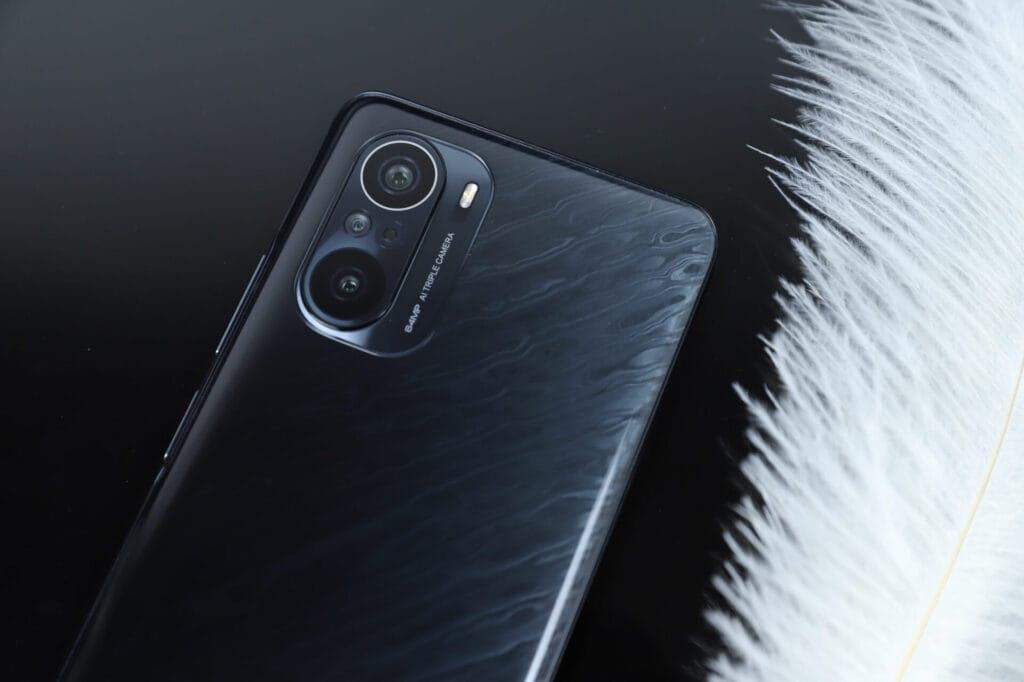
 Emir Bardakçı
Emir Bardakçı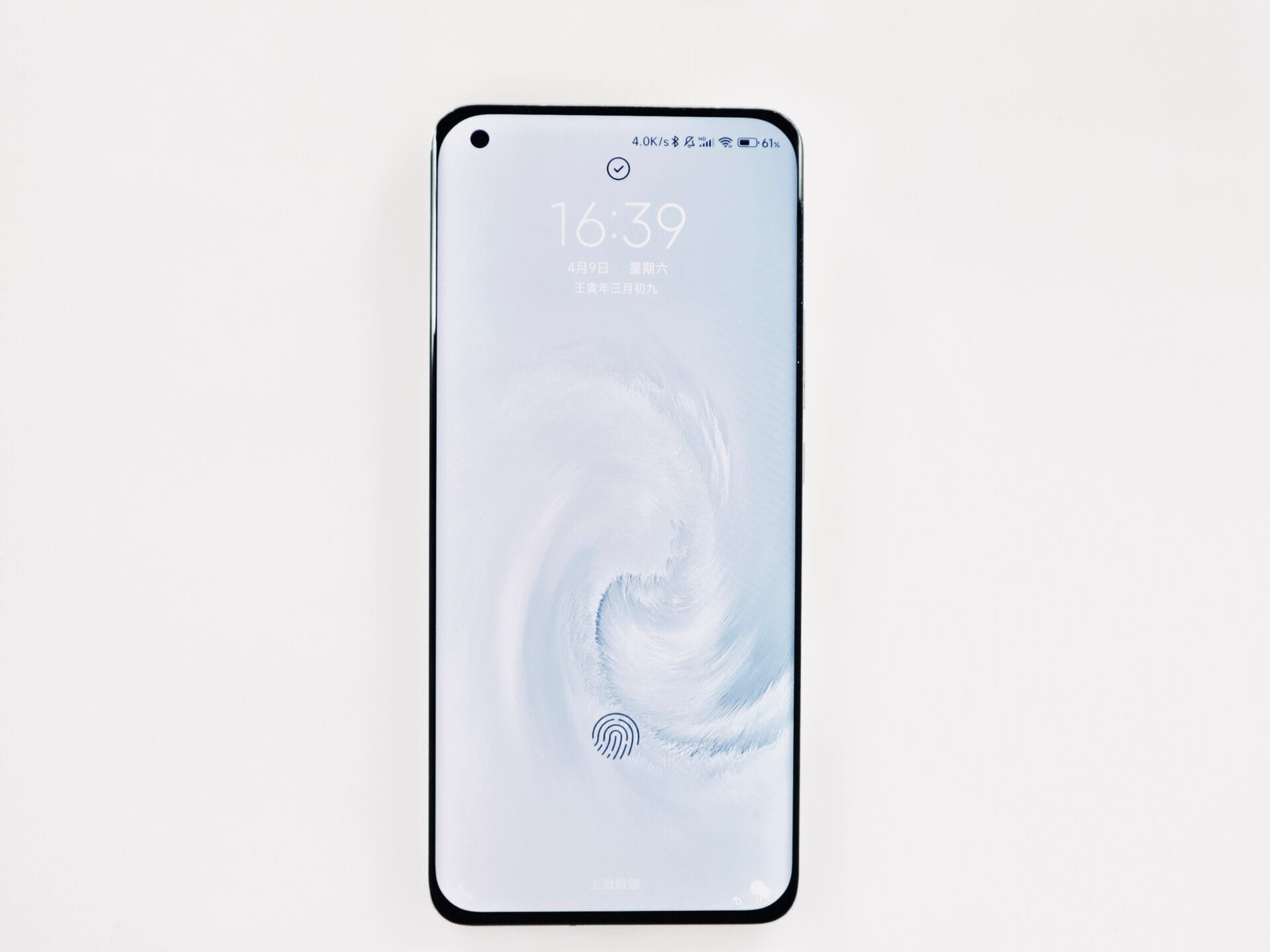
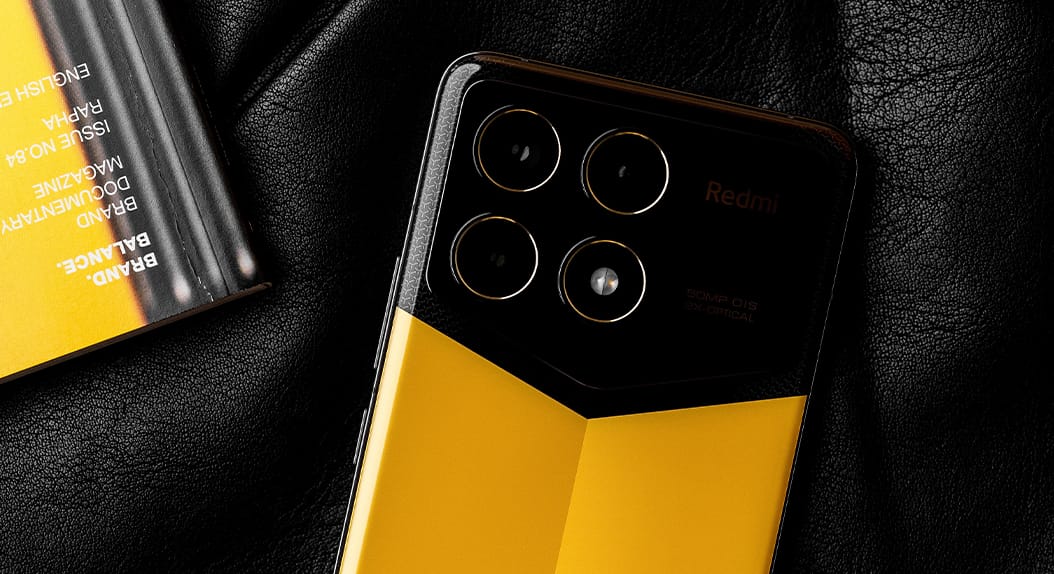
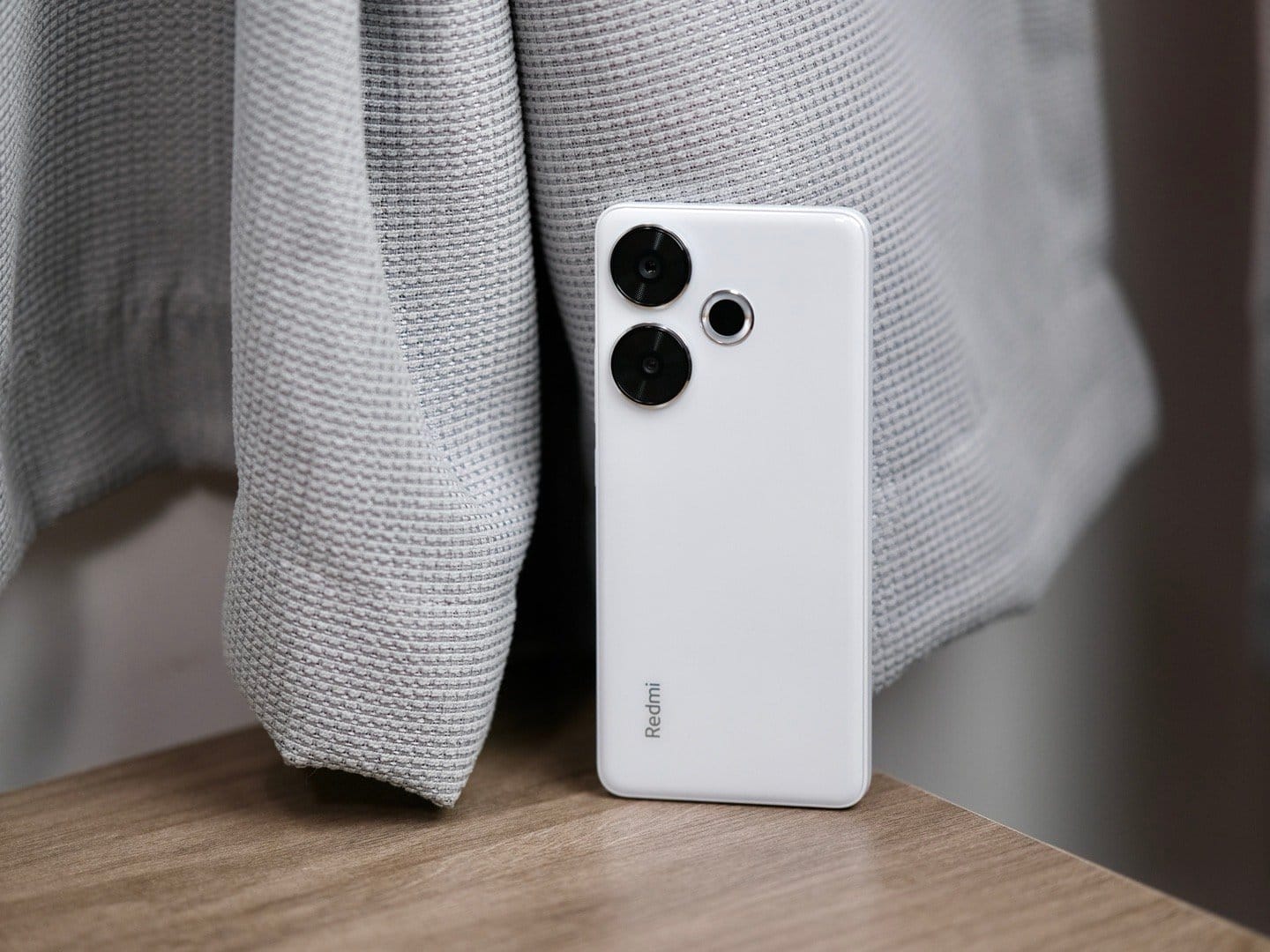
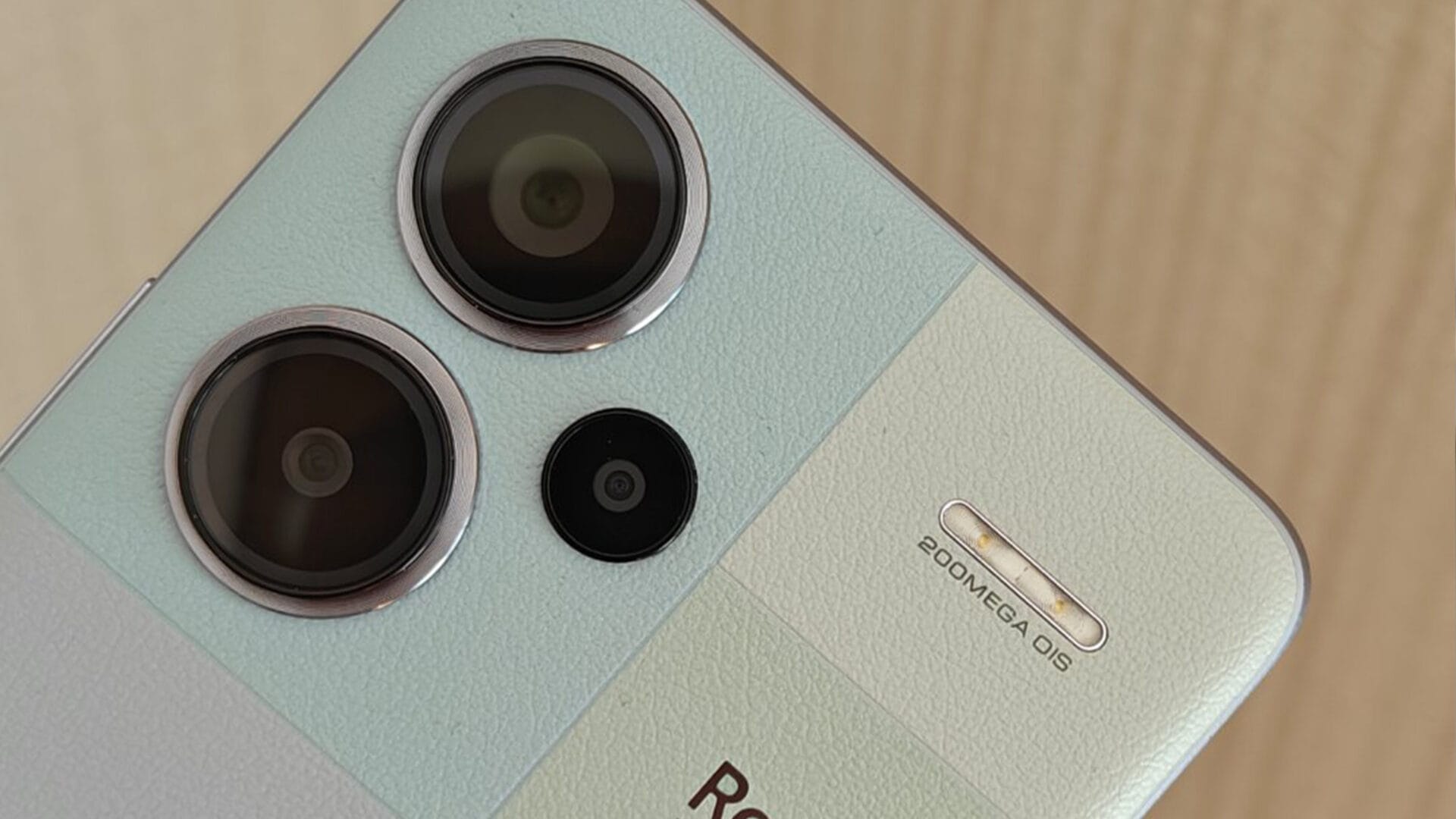
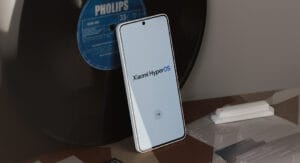


I bought a Redmi Note 13 Pro Plus 5g more than 3 months ago and still don’t have Android 14 or Hyper OS.
This is bad service for Redmi’s Top Smartphone.